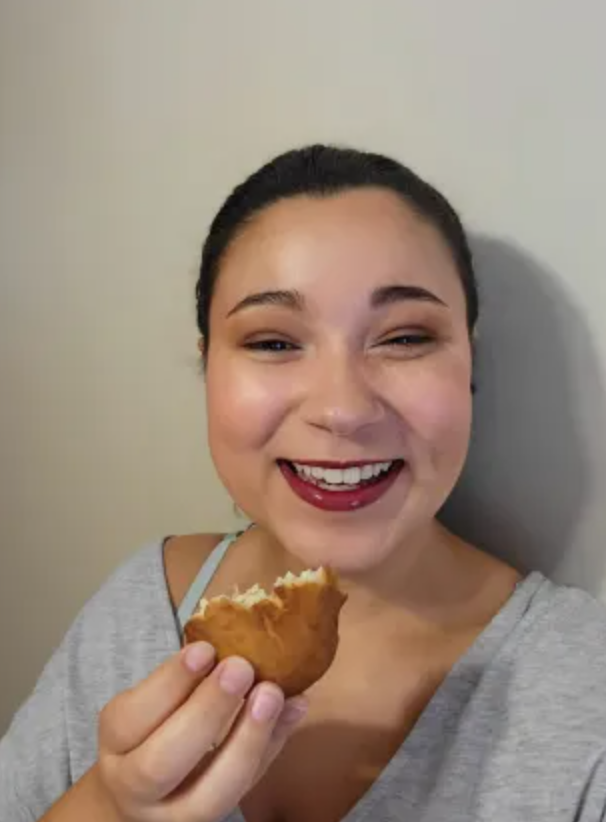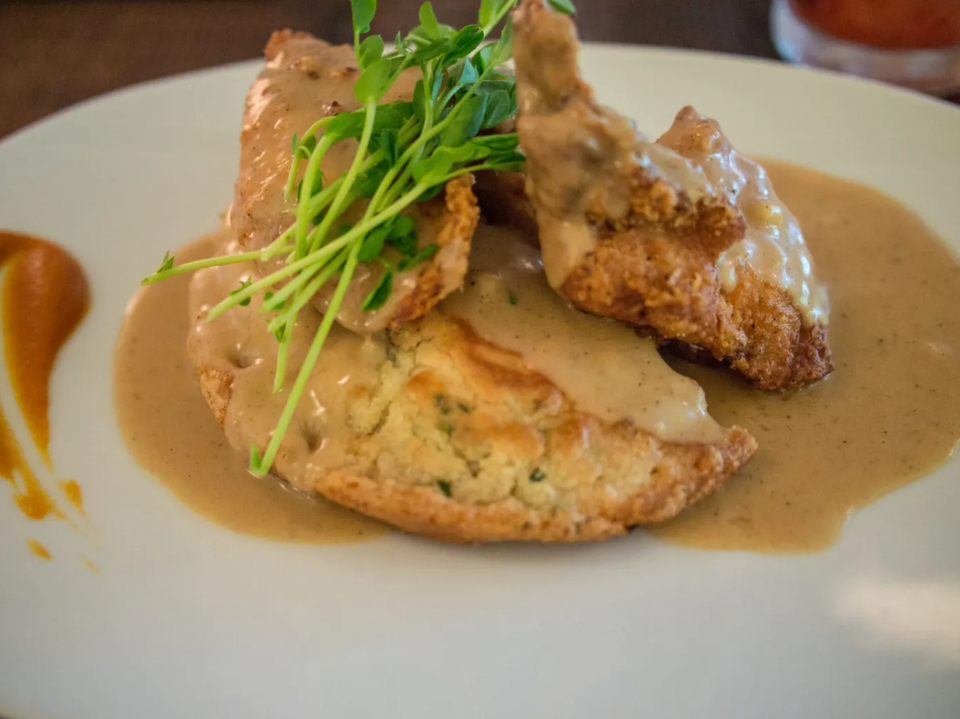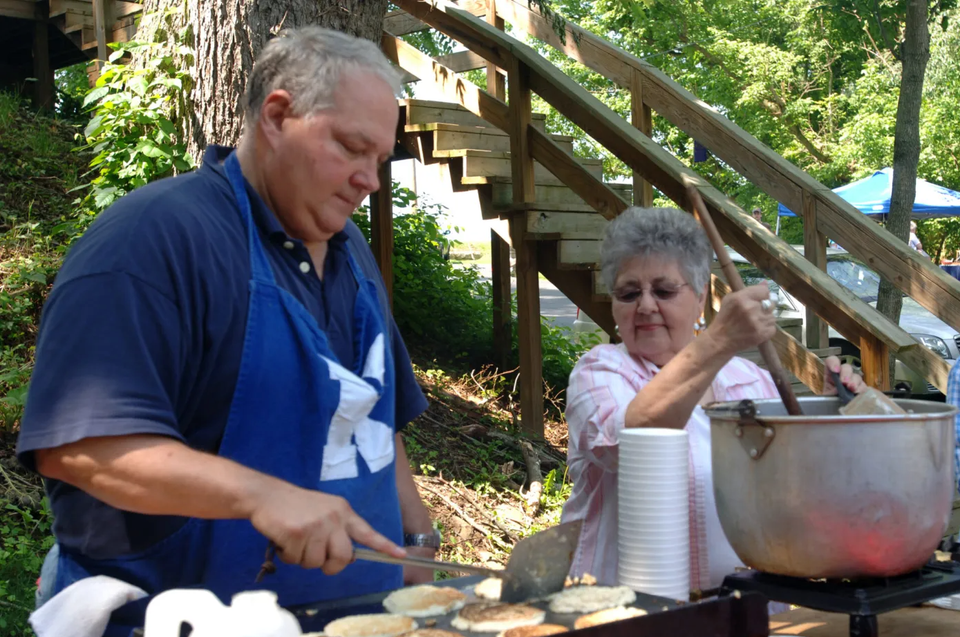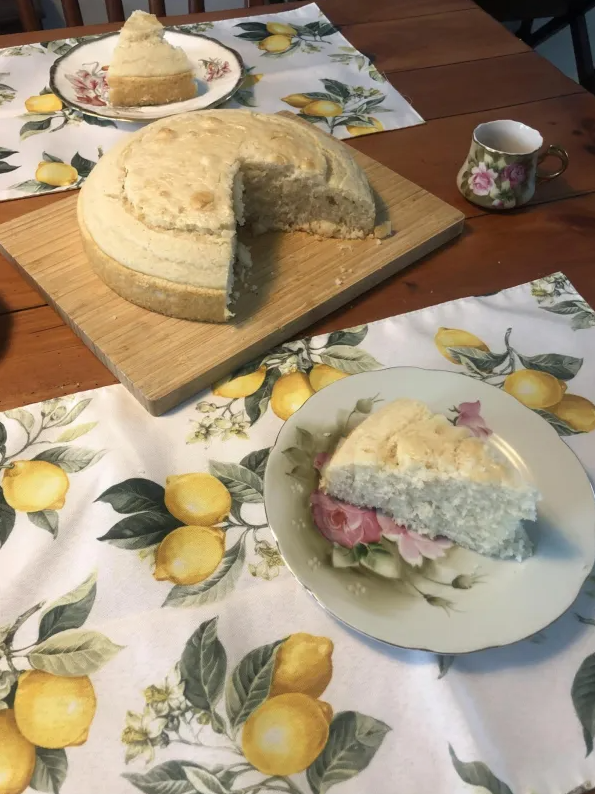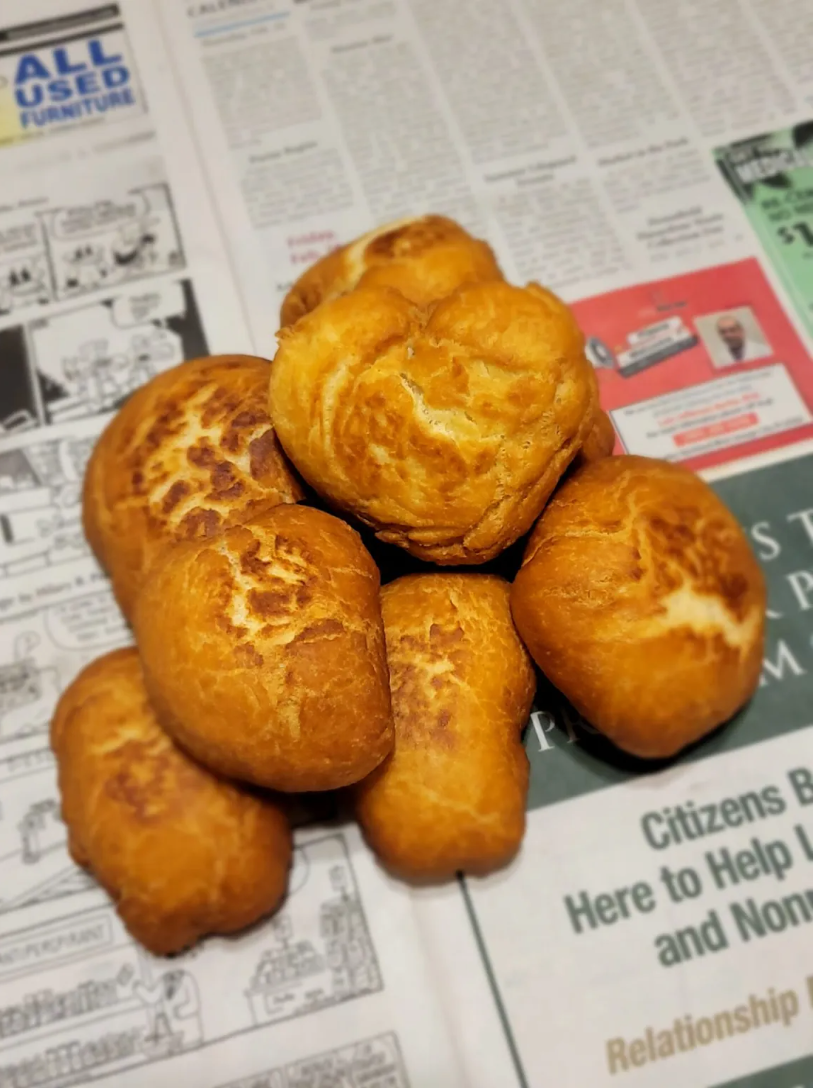
Discovering the mighty johnnycake
BY Carmen Cruz
info@beacononlinenews.com
August 17, 2022
BEACON PHOTOS/CARMEN CRUZ SUCCESS! — In the photo above are the johnnycakes Carmen Cruz made after tasting them for the first time in the Bahamas.
I first became aware of the existence of johnnycakes during a trip to the Bahamas earlier this year. On my search for food more representative of Bahamian culture than the Dunkin’ Donuts most tourists flocked to, I stumbled upon a local spot that showed promise.
Tucked behind blocks of streets devoid of foot traffic sat a joint called Bahamian Cookin’, with a small line of Bahamians in suits by a window where a woman took orders. There were no tables in sight, and the menu consisted of item after unrecognizable item. I knew I was in the right place.
I ordered some kind of beef stew over grits, the name of which escapes me, and a johnnycake, which I will never forget. Never in my life had I even heard of such a dish, and my ignorance suddenly felt like a great tragedy.
info@beacononlinenews.com
August 17, 2022
BEACON PHOTOS/CARMEN CRUZ SUCCESS! — In the photo above are the johnnycakes Carmen Cruz made after tasting them for the first time in the Bahamas.
I first became aware of the existence of johnnycakes during a trip to the Bahamas earlier this year. On my search for food more representative of Bahamian culture than the Dunkin’ Donuts most tourists flocked to, I stumbled upon a local spot that showed promise.
Tucked behind blocks of streets devoid of foot traffic sat a joint called Bahamian Cookin’, with a small line of Bahamians in suits by a window where a woman took orders. There were no tables in sight, and the menu consisted of item after unrecognizable item. I knew I was in the right place.
I ordered some kind of beef stew over grits, the name of which escapes me, and a johnnycake, which I will never forget. Never in my life had I even heard of such a dish, and my ignorance suddenly felt like a great tragedy.

